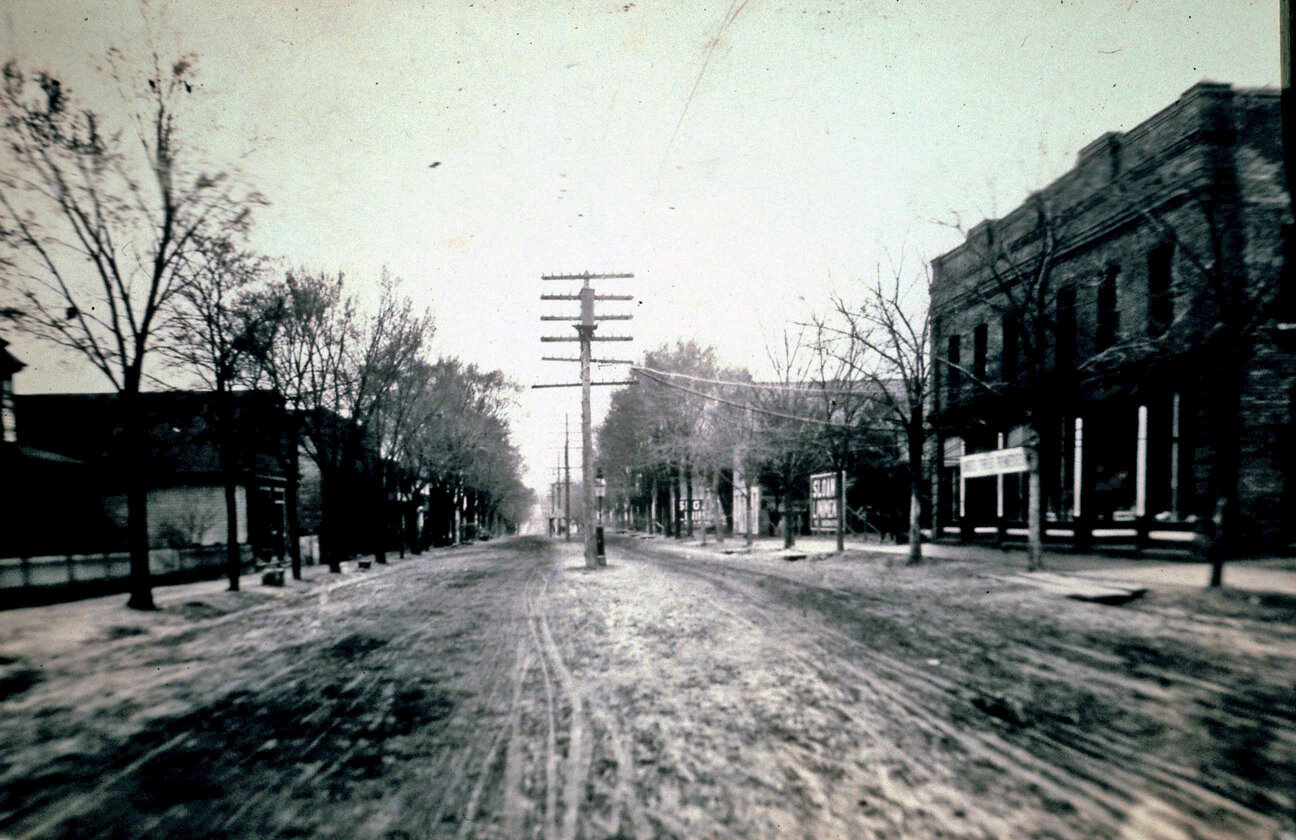History of Lexington’s Main Street
Although it has undergone tremendous changes through the years, the town of Lexington’s Main Street has always played a vital part in the economy of the town and the county. It started off in …
This item is available in full to subscribers.
Subscribe to continue reading. Already a subscriber? Sign in
Get 50% of all subscriptions for a limited time. Subscribe today.
Please log in to continueNeed an account?
|
History of Lexington’s Main Street
Although it has undergone tremendous changes through the years, the town of Lexington’s Main Street has always played a vital part in the economy of the town and the county. It started off in the late 18th and early 19th centuries as the main road that connected Augusta, Georgia to Columbia. When the town of Lexington, then called Lexington Courthouse, was established in 1820, the road that would become Main Street became the heart of the new community.
This continued to be the case throughout the 19th and 20th centuries as the town grew up around Main Street. Like all roads in South Carolina, Lexington’s Main Street was not paved until the first half of the 20th century, around the time when it became part of U.S. Hwy. 1. Around the turn of the century, a well was located at the corner of Church Street and Main Street and stables and liveries were located at the corner of what is now South Lake and Main. Many of the structures on Main Street were constructed of wood before the 1916 fire that devastated the town. Although many buildings on Main Street were destroyed in this fire, some historic structures remain in what is now the Main Street commercial district.
The Home National Bank building, located on the northeast corner of South Lake and East Main Street was constructed in 1912 and served as a bank for many years. It also was home to Lexington’s Post Office until the 1960s. Another structure that survived the 1916 fire is the Bank of Western Carolina building, now home to Bodhi Thai. It was constructed around 1912 in the Spanish Colonial Revival style, which is rare in Lexington County.
The Caughman building, located at the southwest corner of Church Street and Main Street, dates from 1913 and is now the home of Alodia. Before that, it housed a dry goods store for many years. Several buildings not located directly on Main Street including the Simmons-Harth-Gantt House and the James Harman Building, both located on Gantt Street just north of Main Street, also predate the 1916 fire. The Simmons-Harth-Gantt House was built around 1830 and was the home of Lexington’s post office for most of the 19th century after the Civil War. The James Harmon Building, constructed in 1905, has always featured lawyers’ offices and small shops. It formerly had living spaces upstairs.
Although younger than the buildings mentioned above, the other buildings on Main Street between Church and South Lake are no less significant. Many were built in the late 1910s, 1920s and 1930s after the 1916 fire. Many held pharmacies, liquor stores and banks during the 20th century. Lexington County’s “Old” Courthouse, which now is home to the county magistrate court, was constructed in 1940 in an effort to replace an older structure then located across the street.
Lexington’s Main Street remains significant because of its history and importance to the town.
Keywords
Lexington, Main StreetOther items that may interest you







Comments
No comments on this item Please log in to comment by clicking here